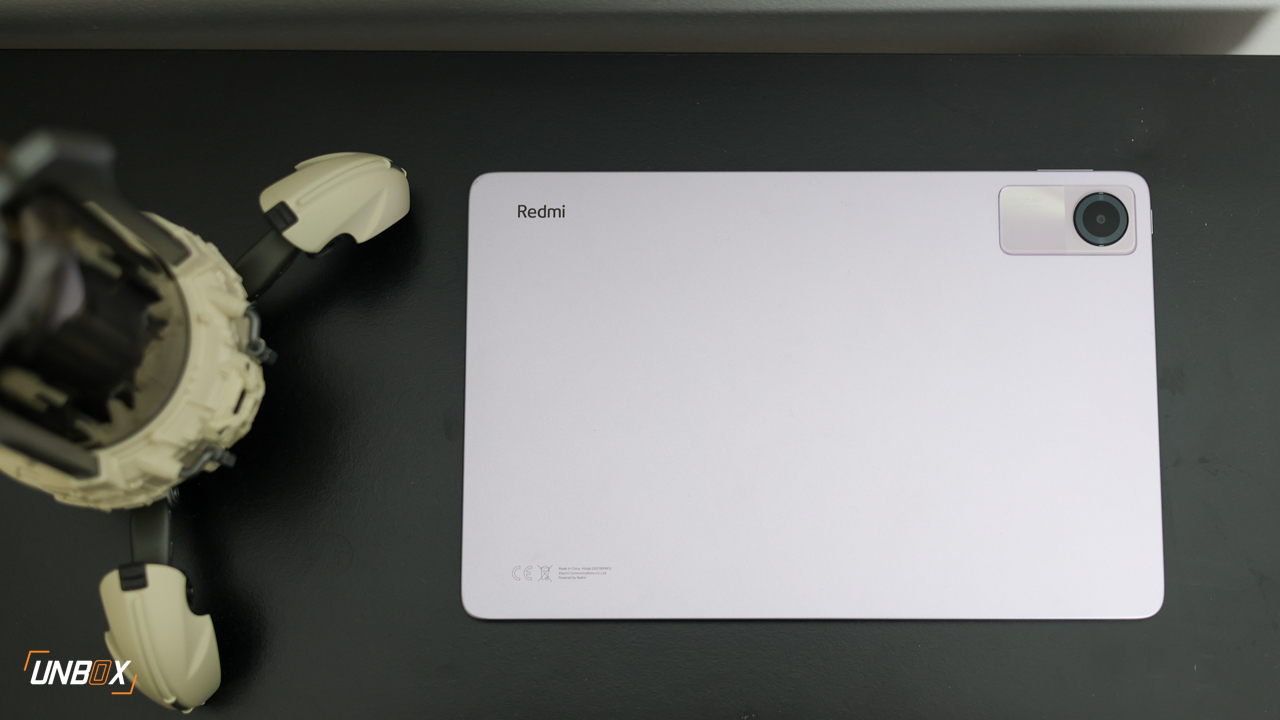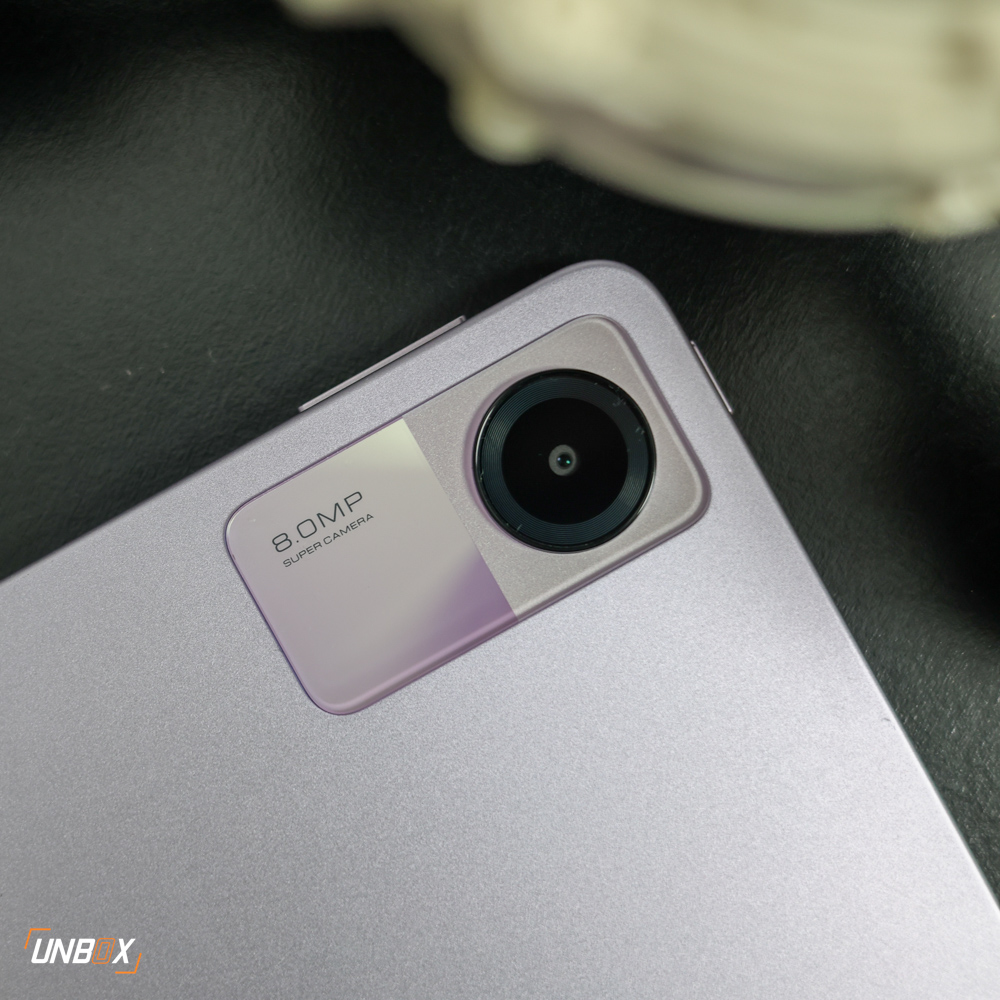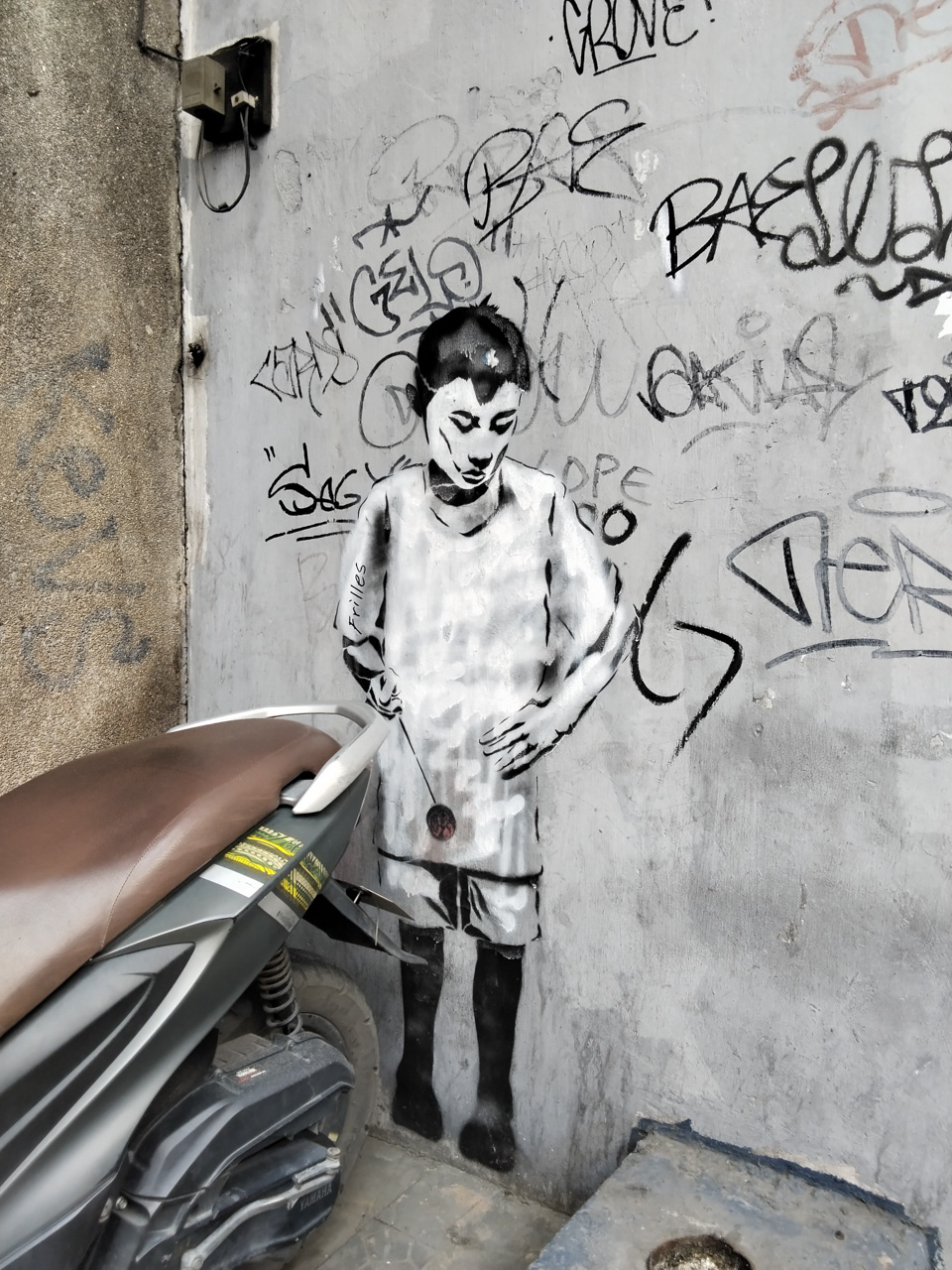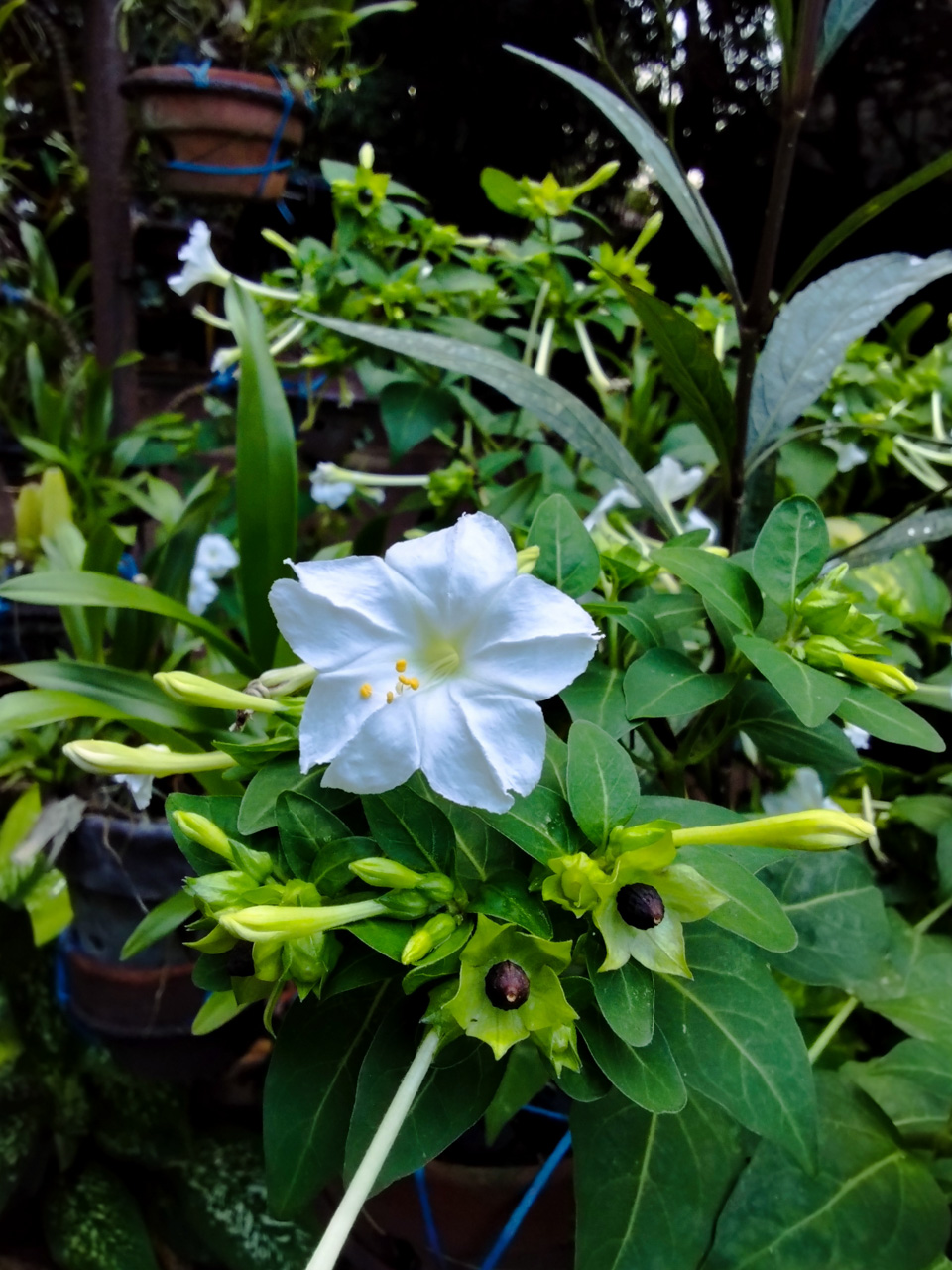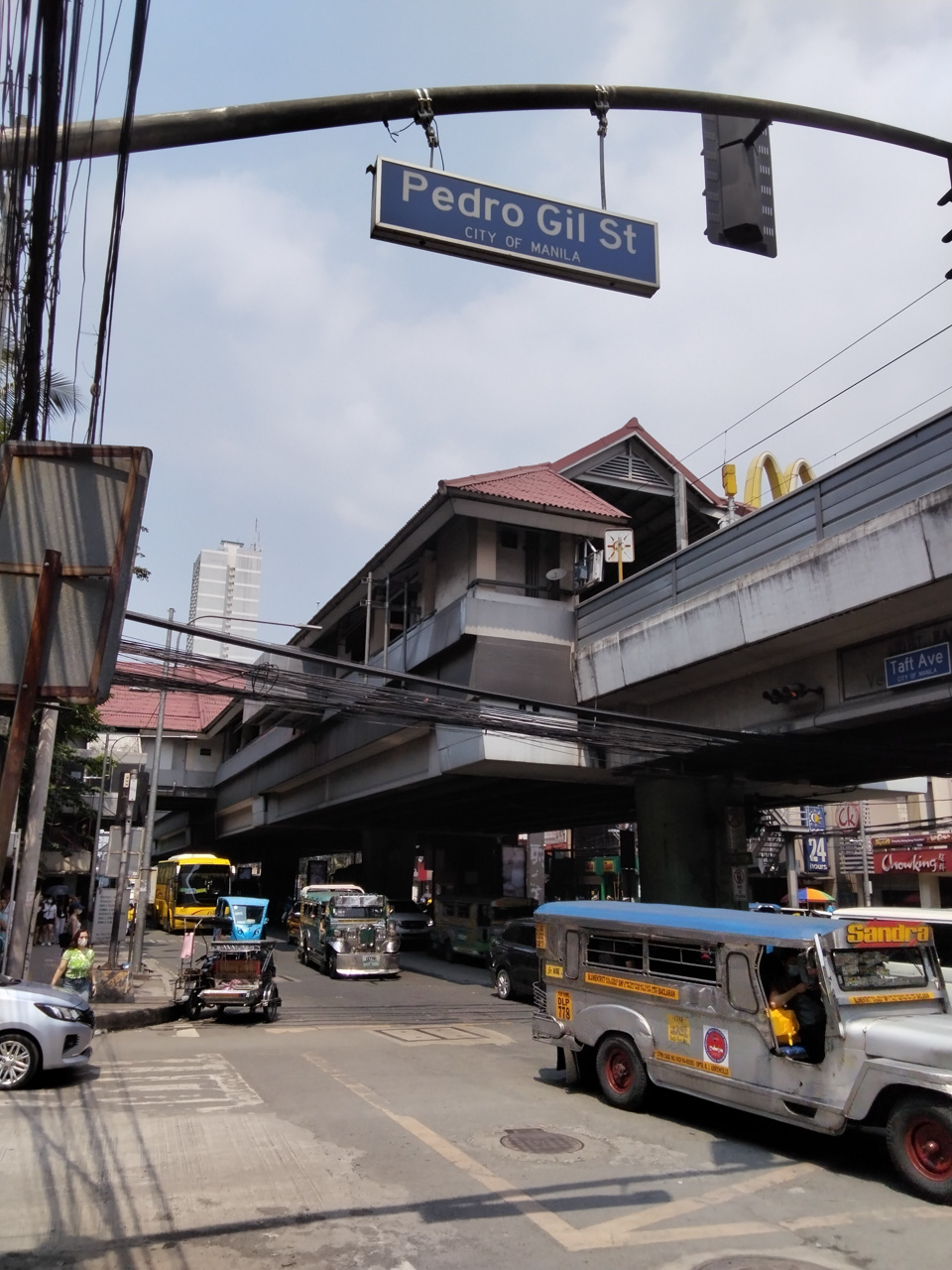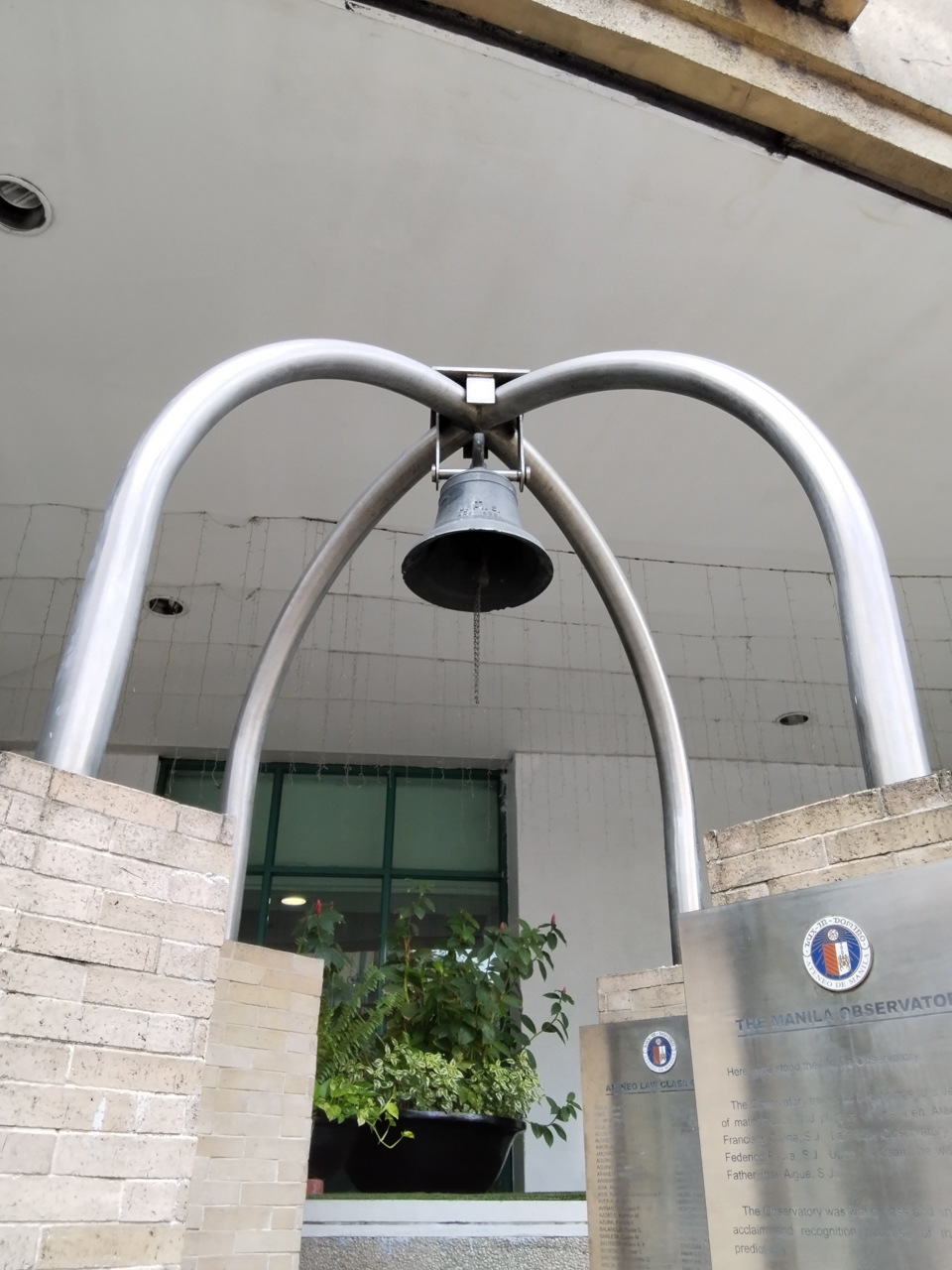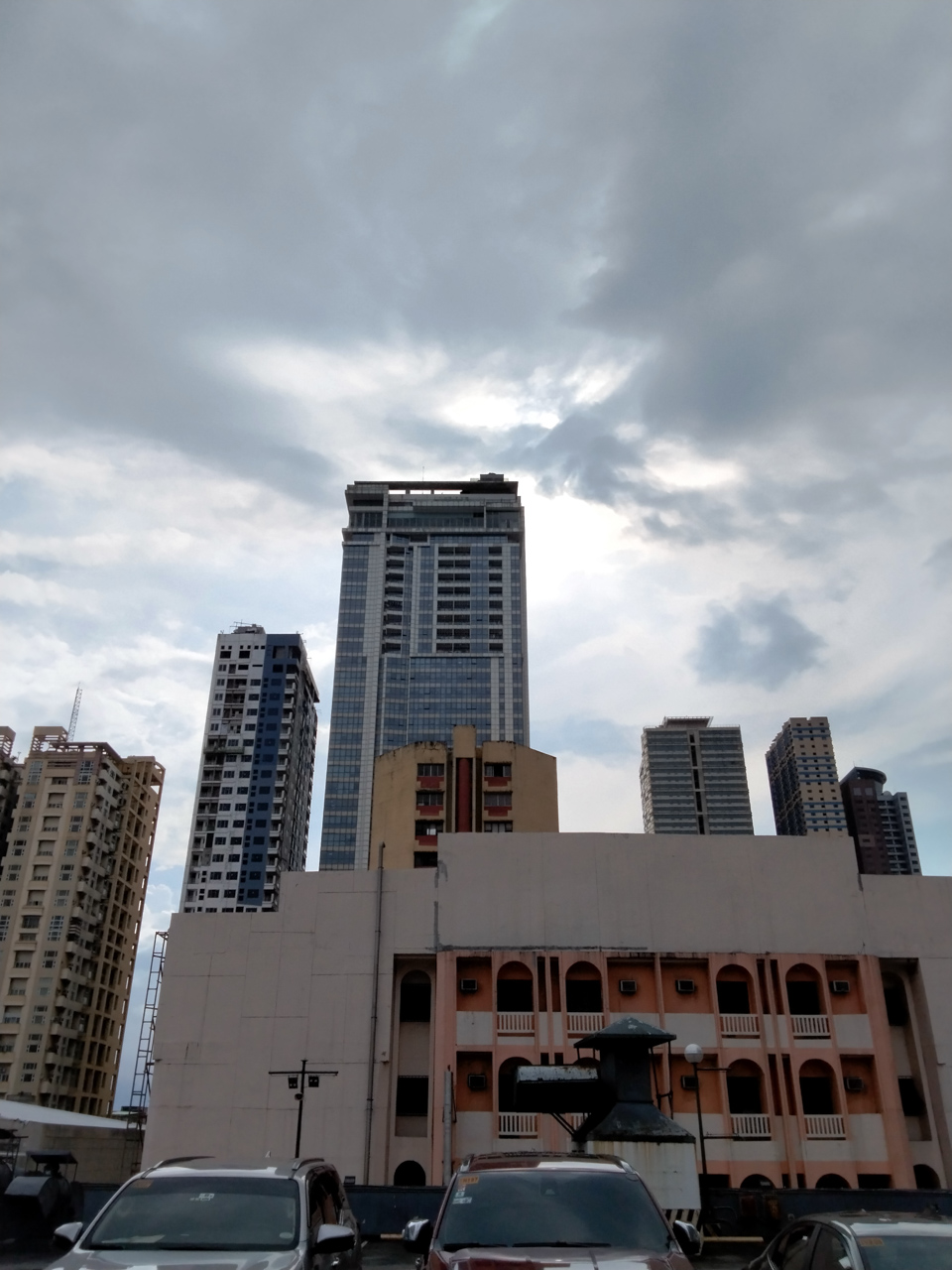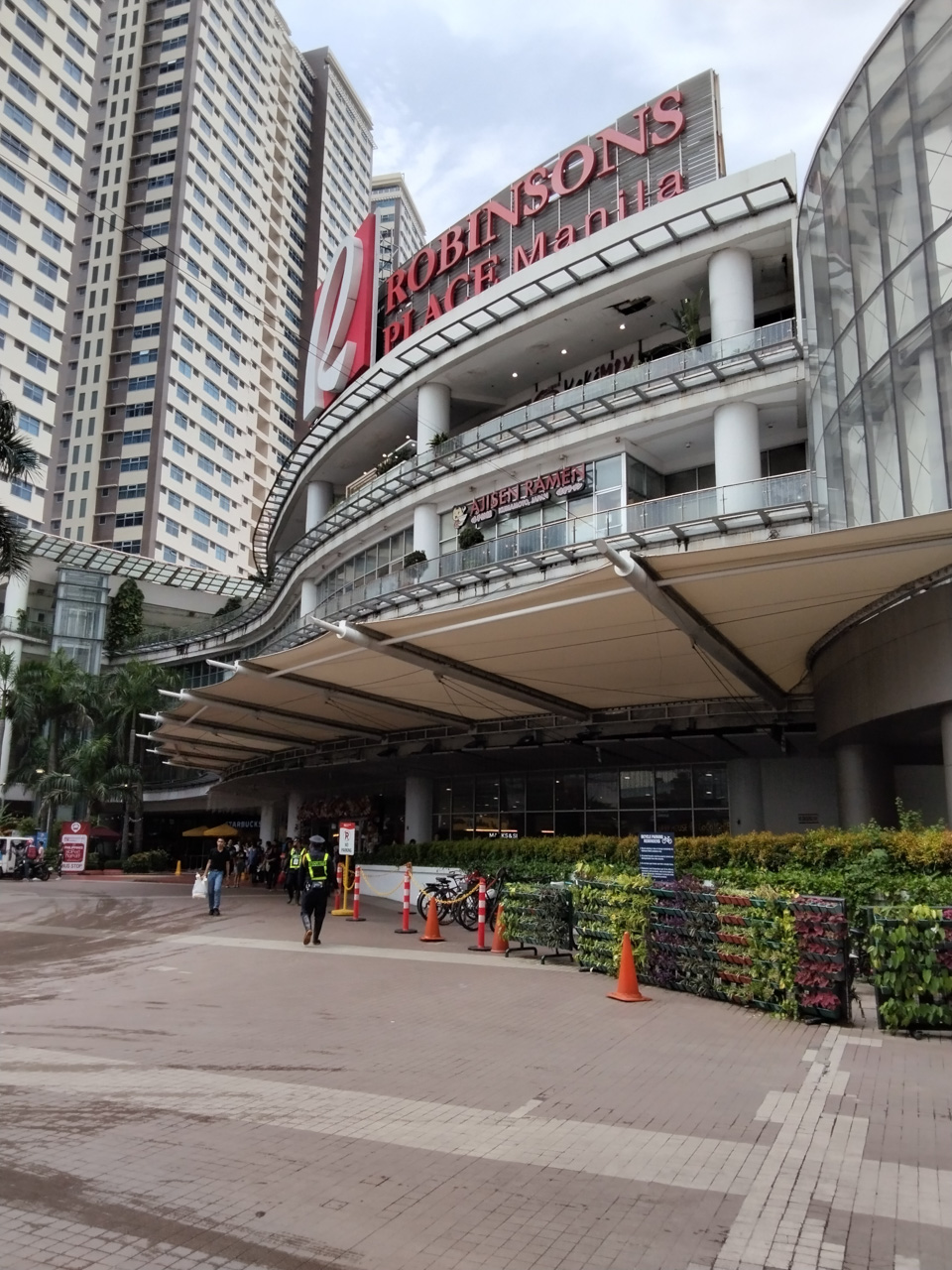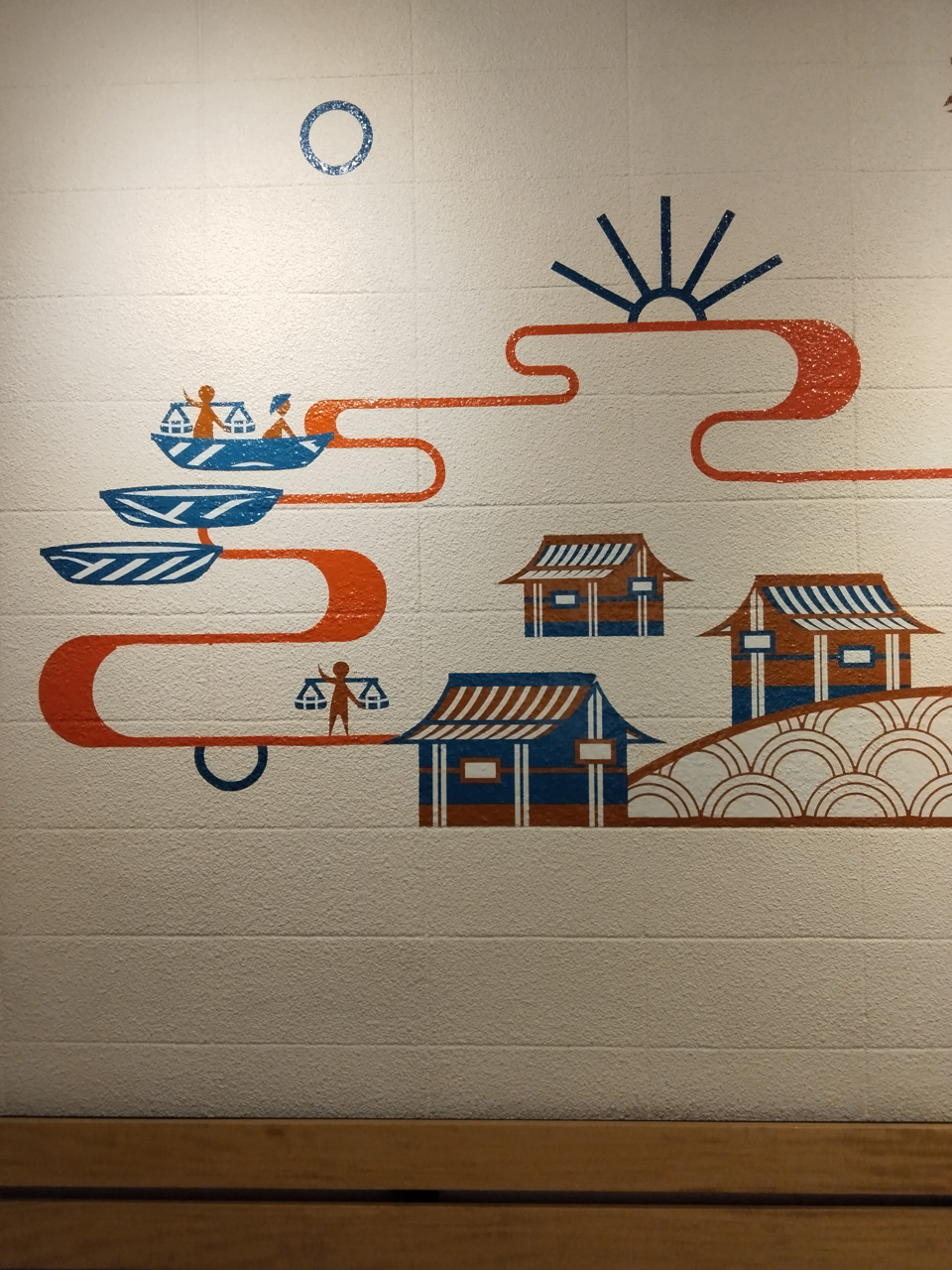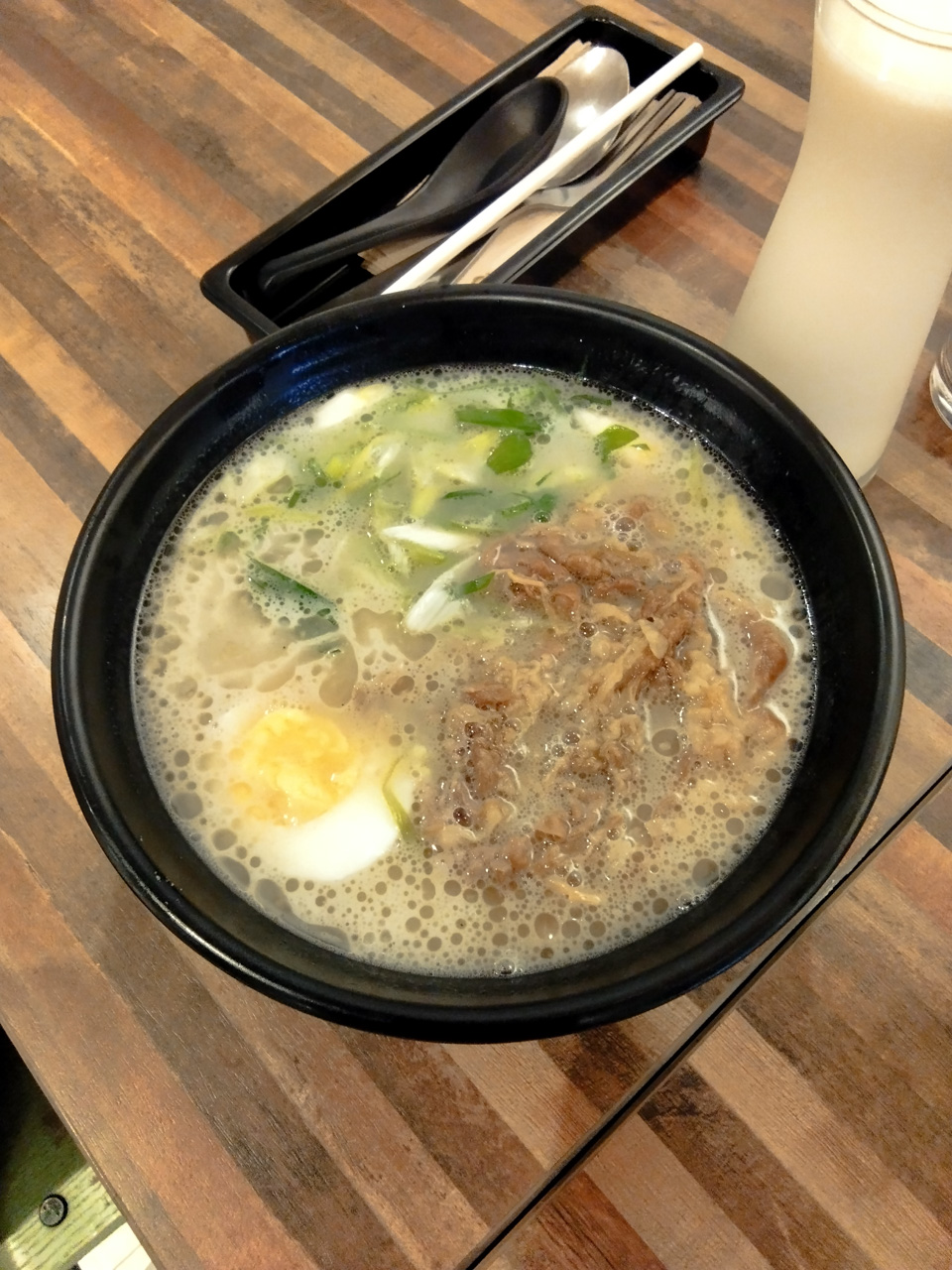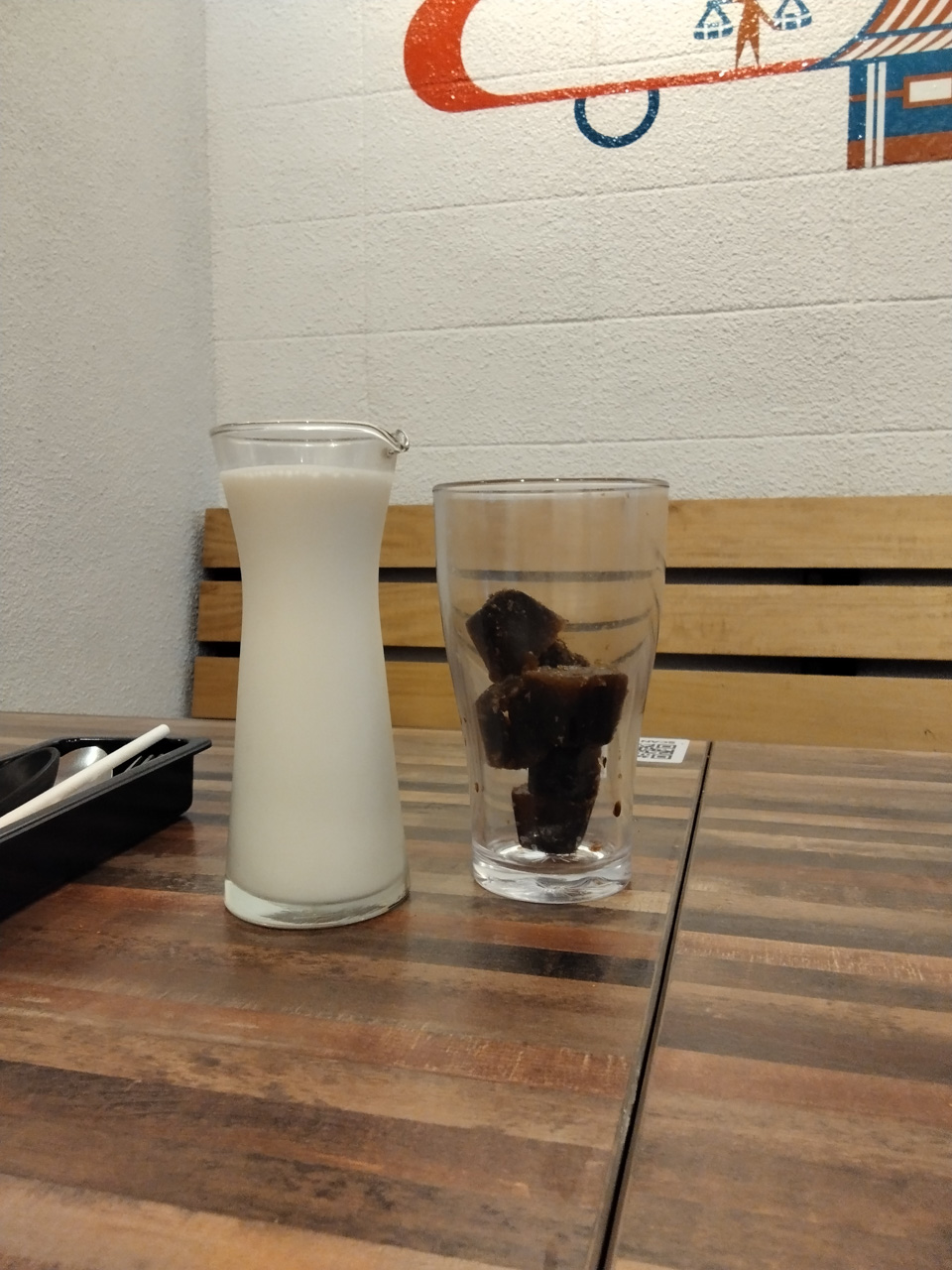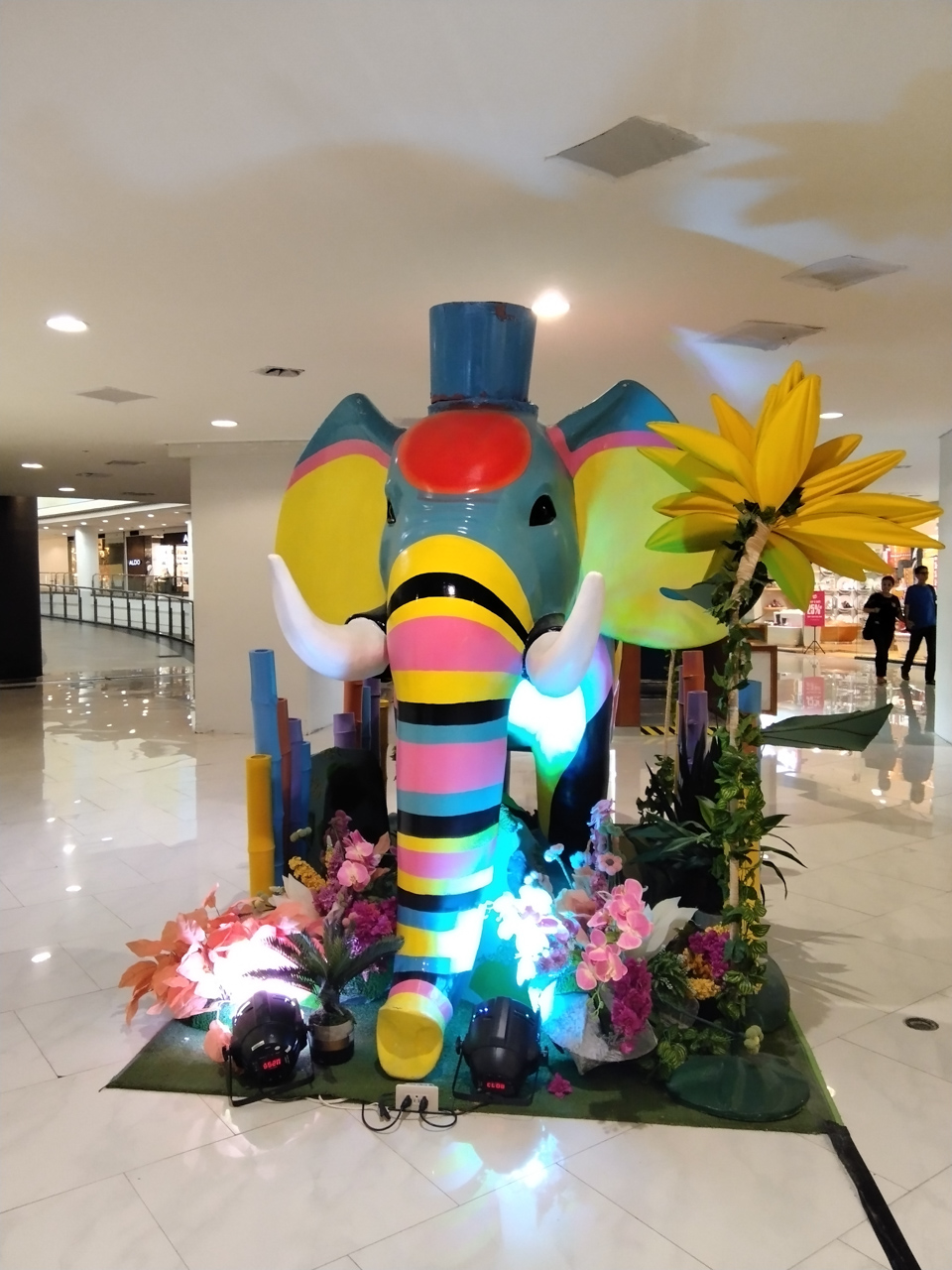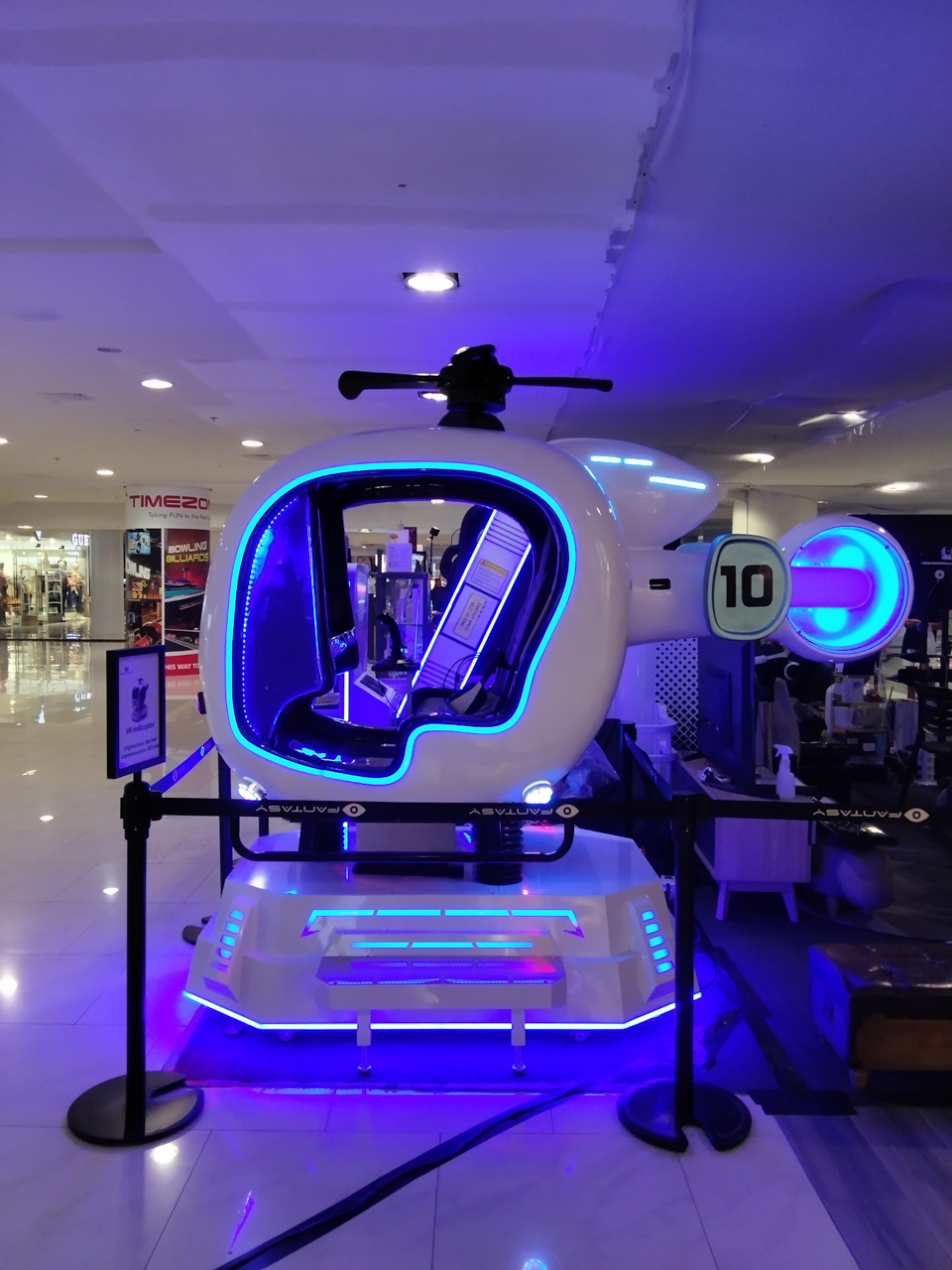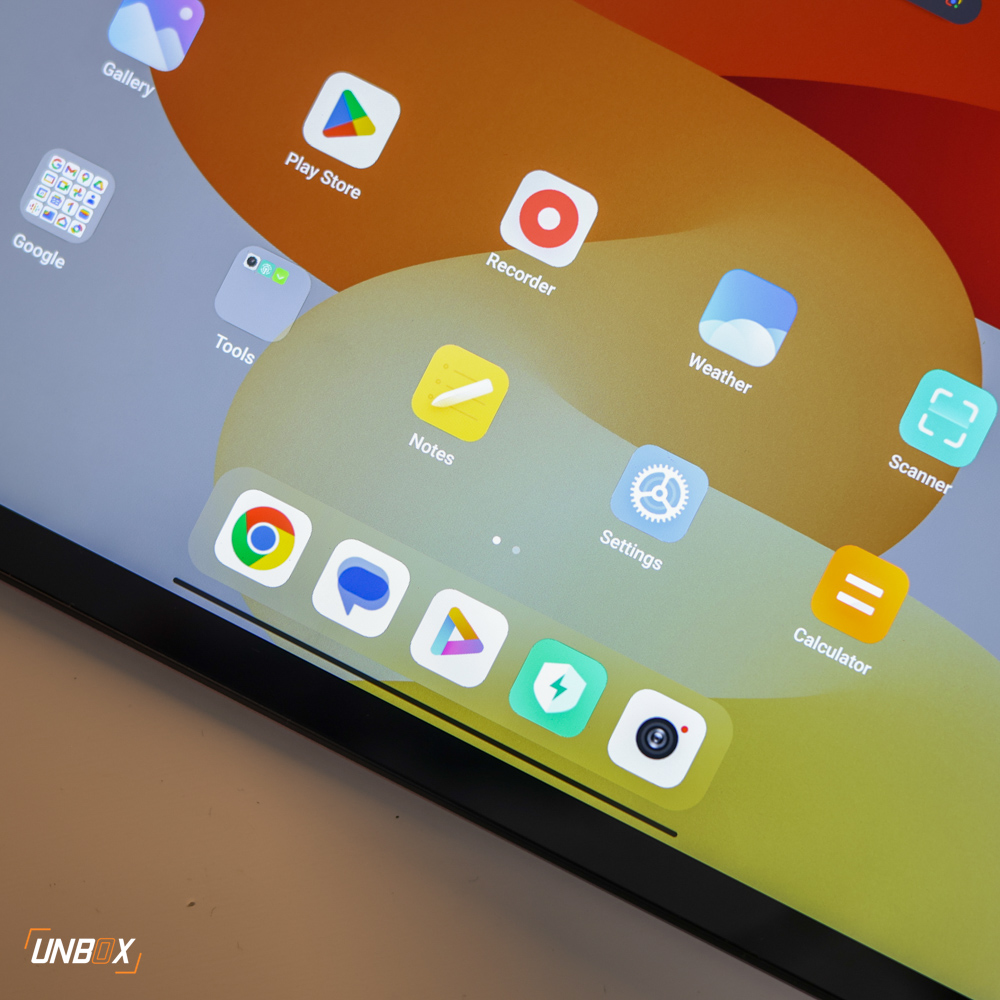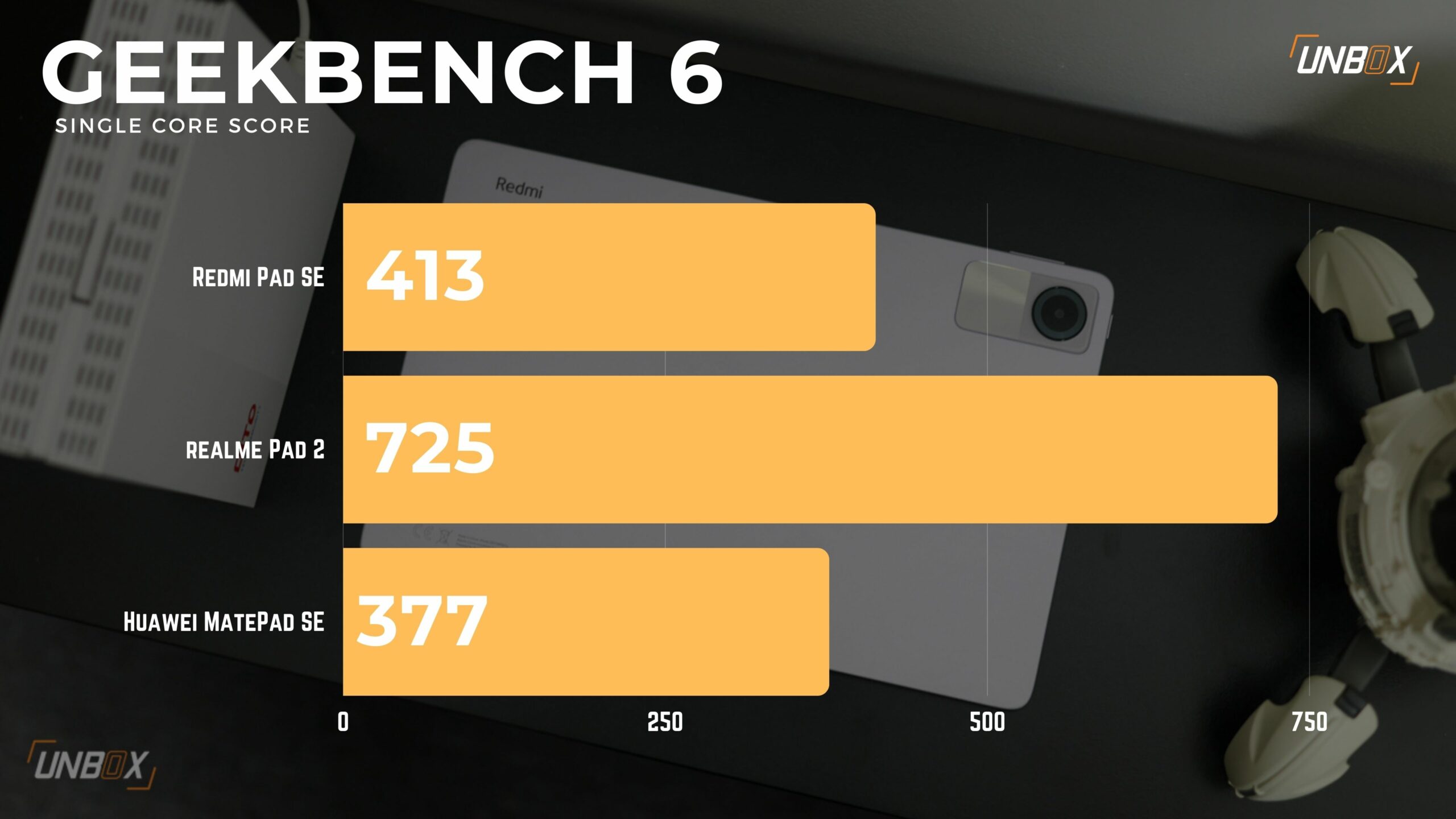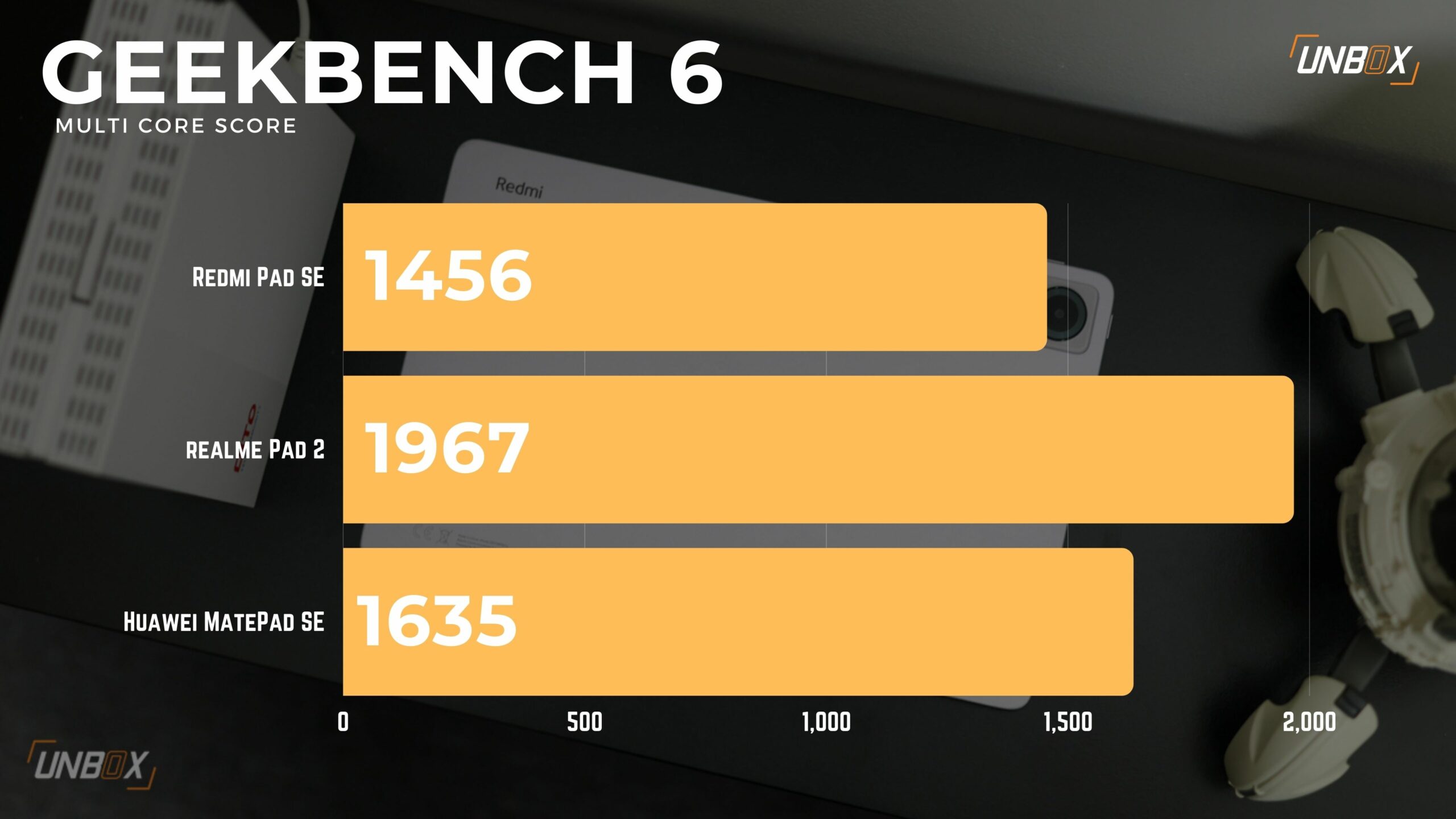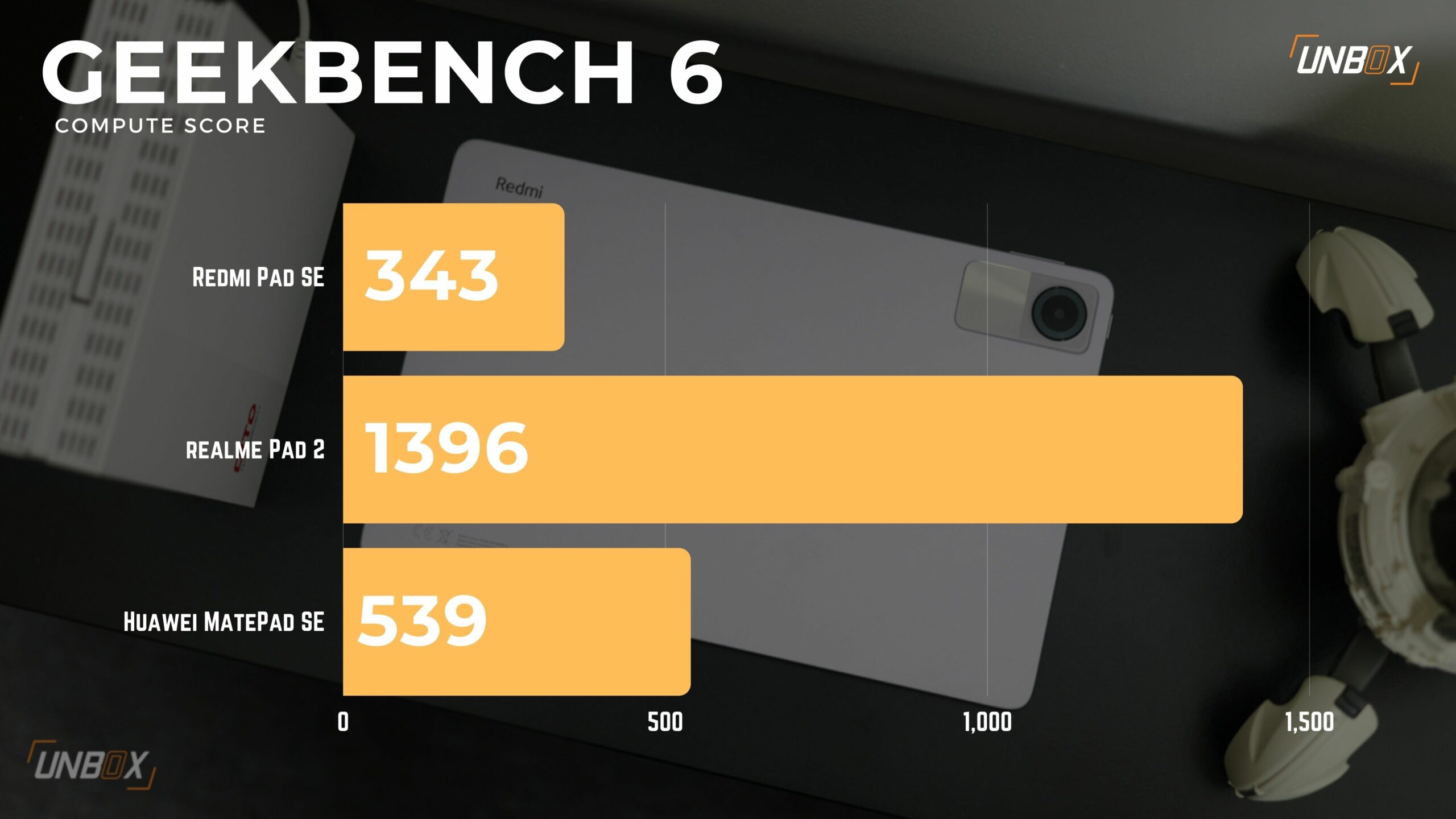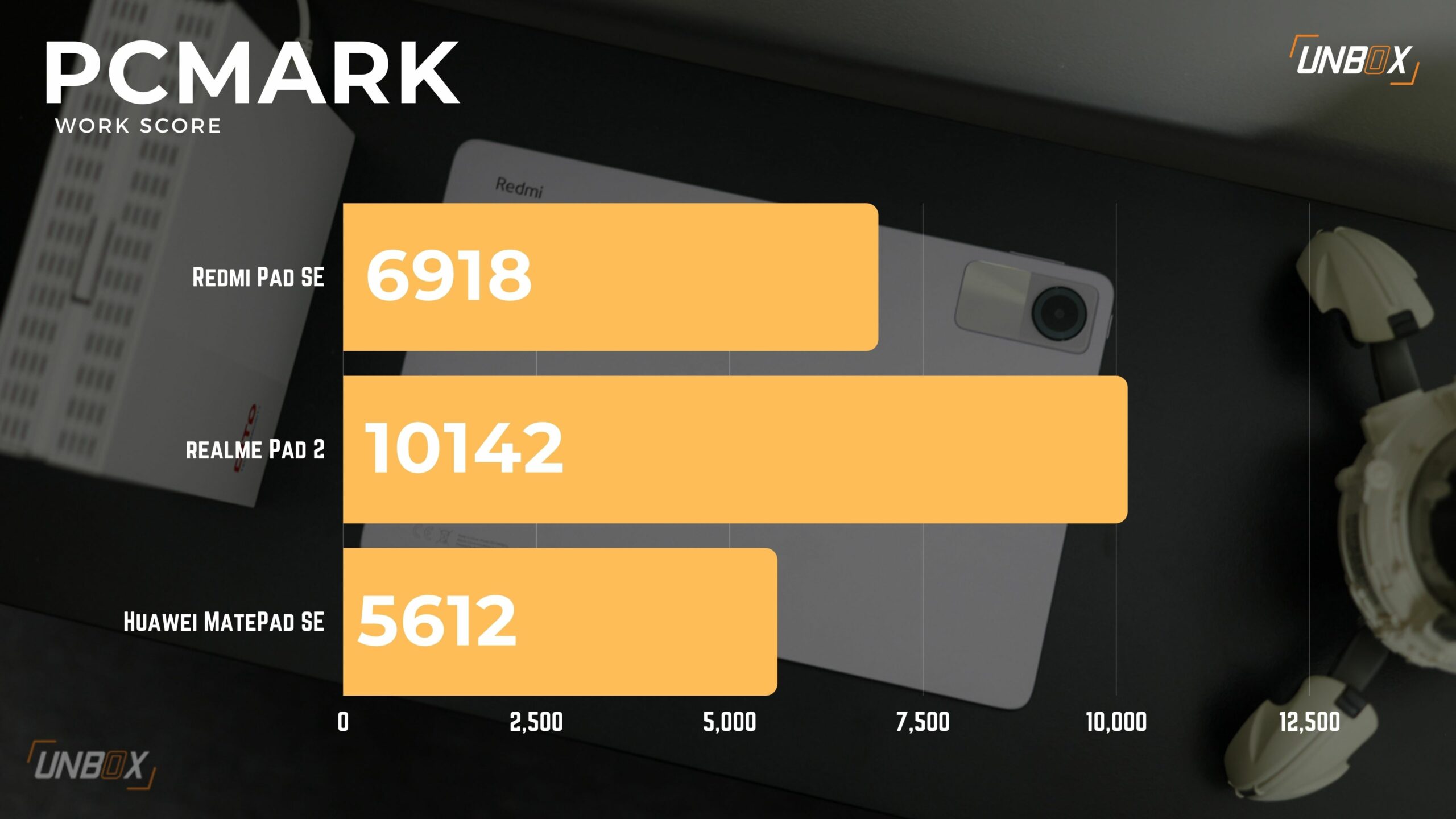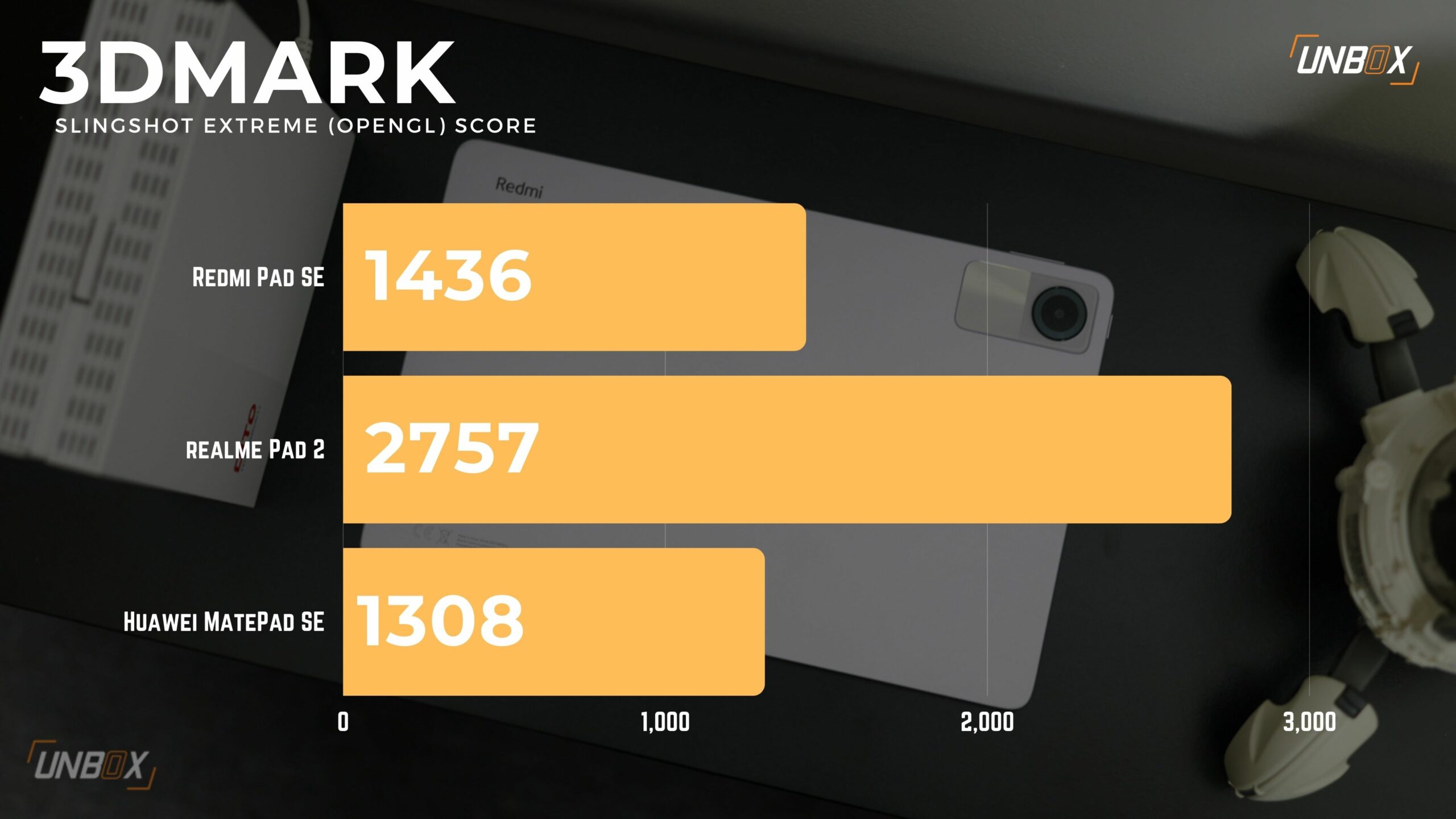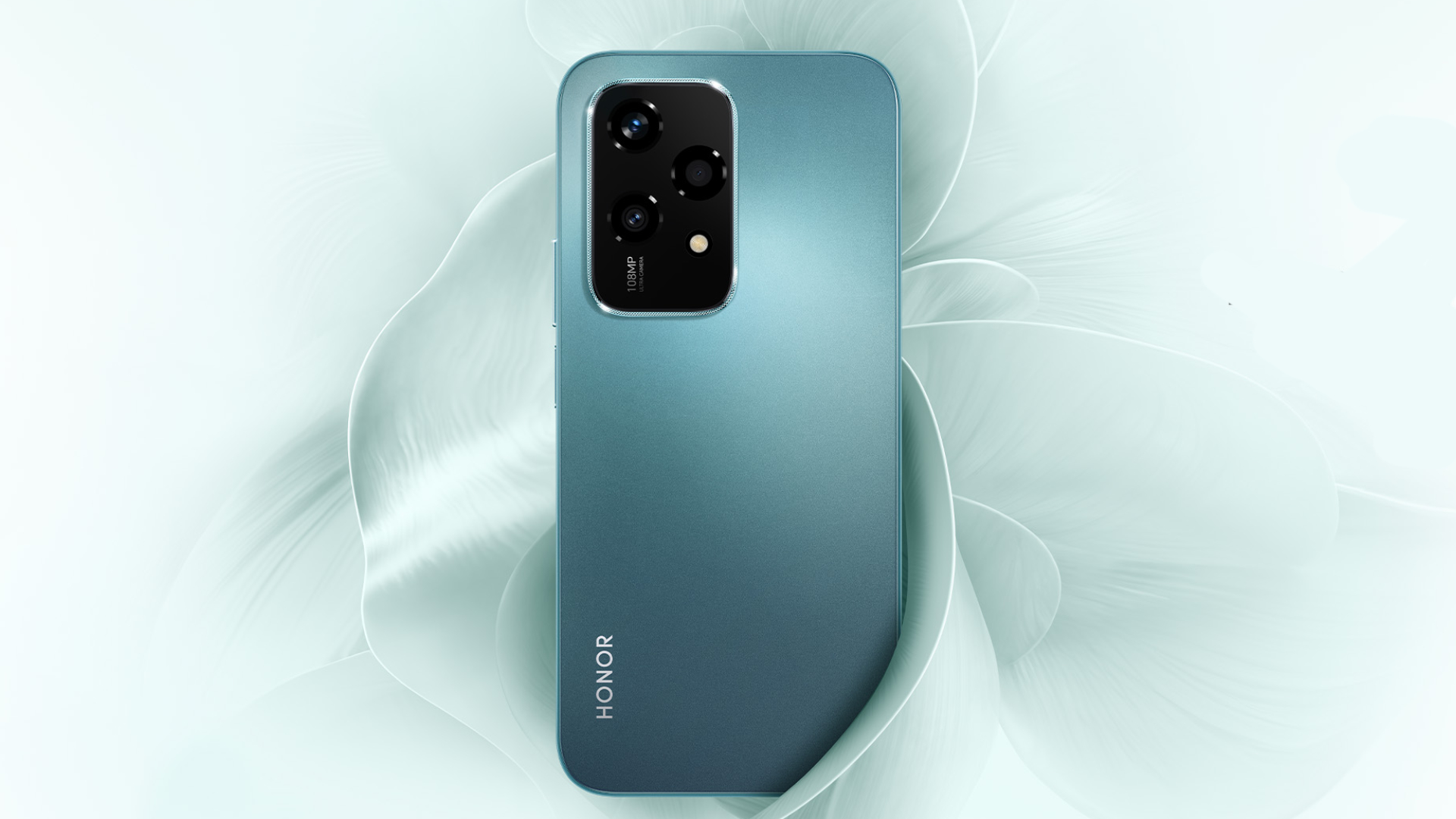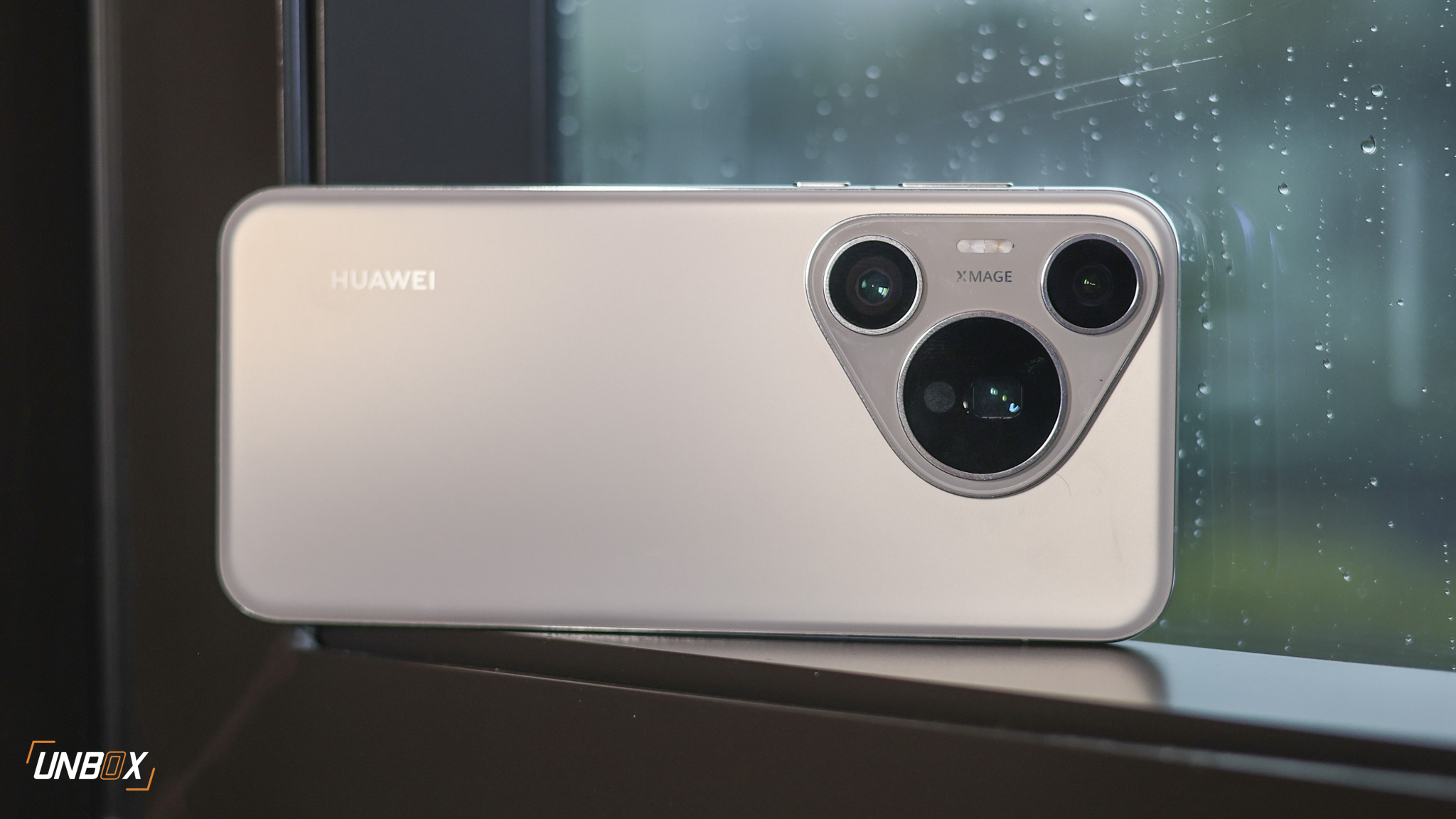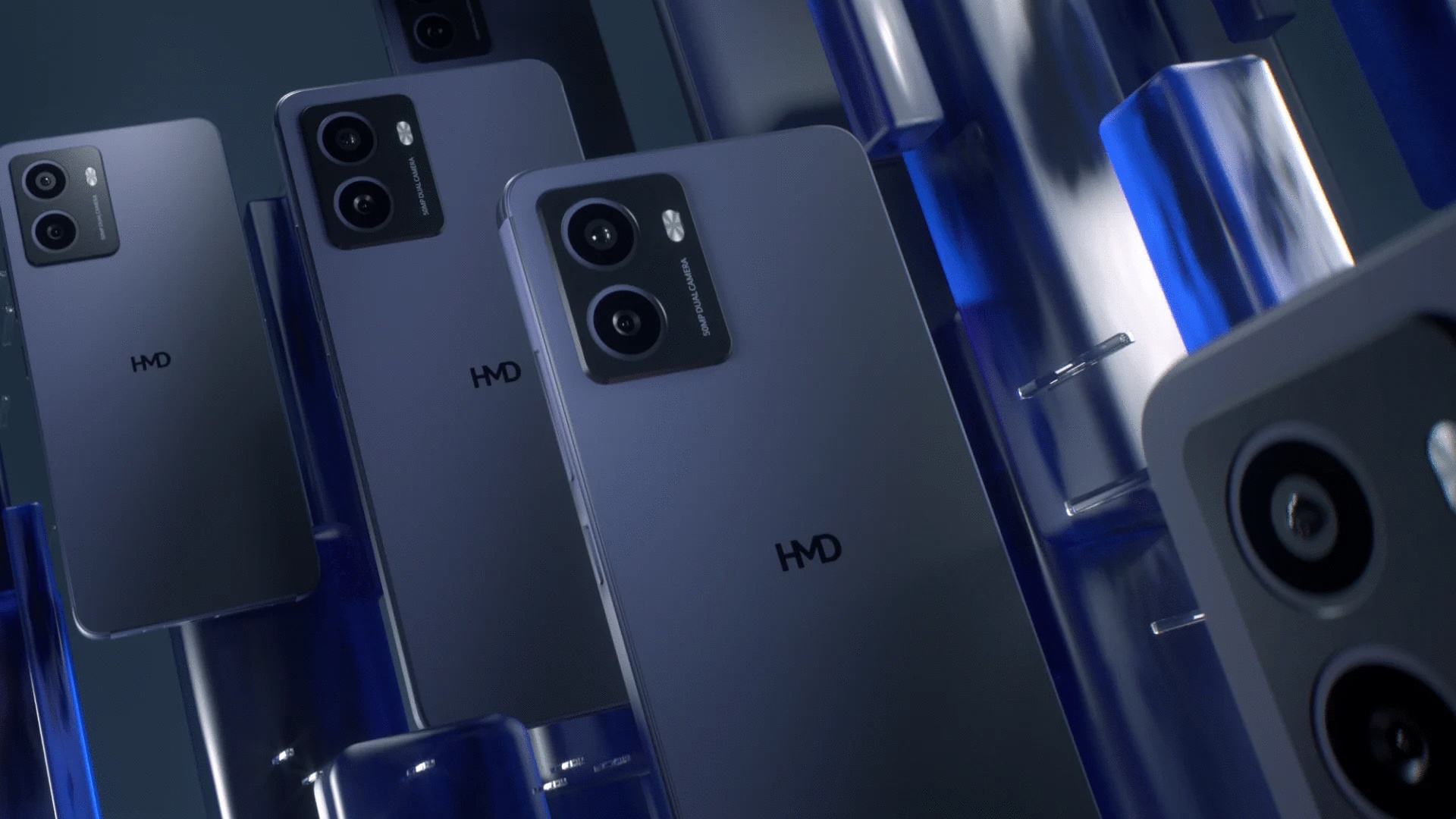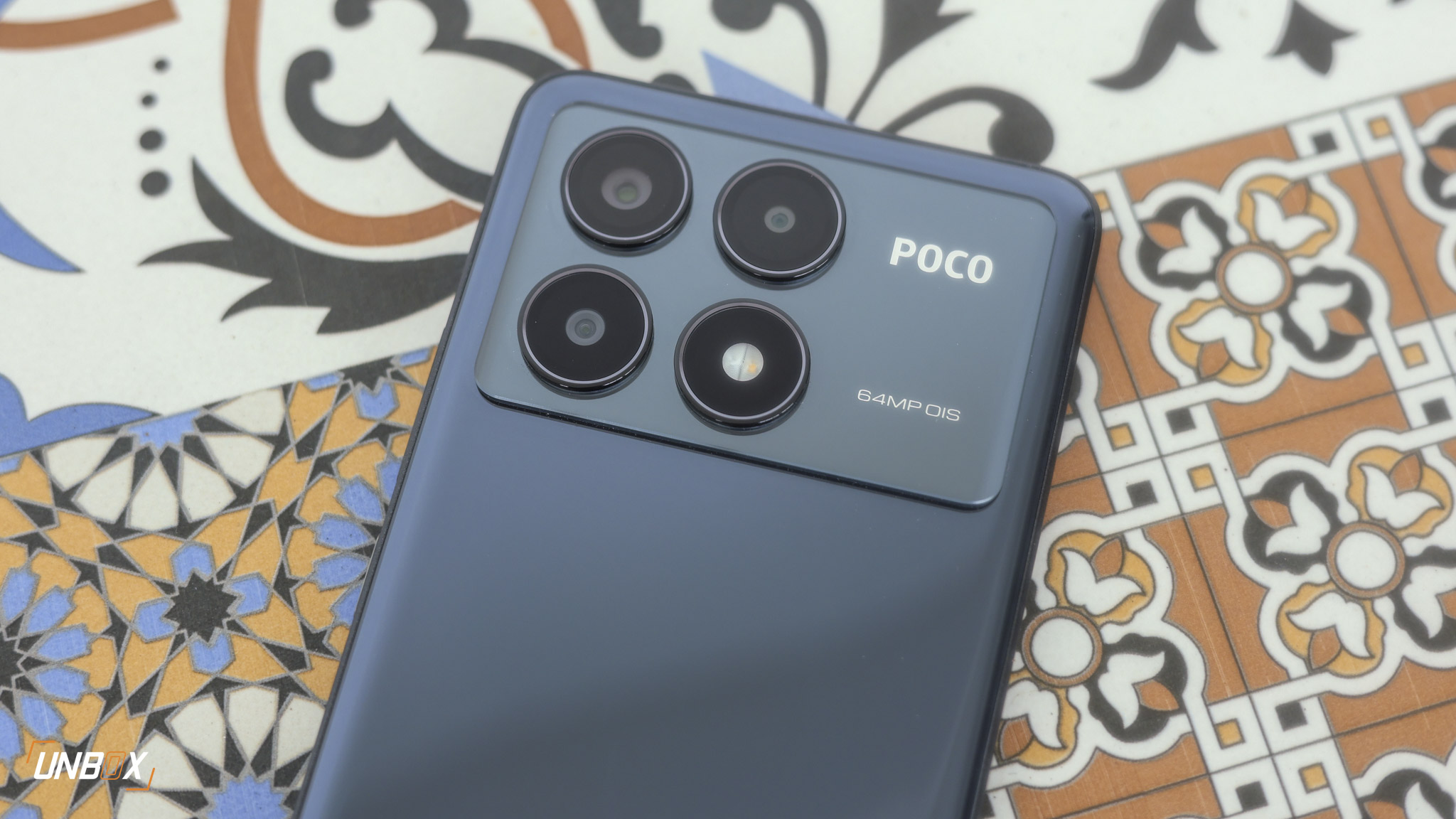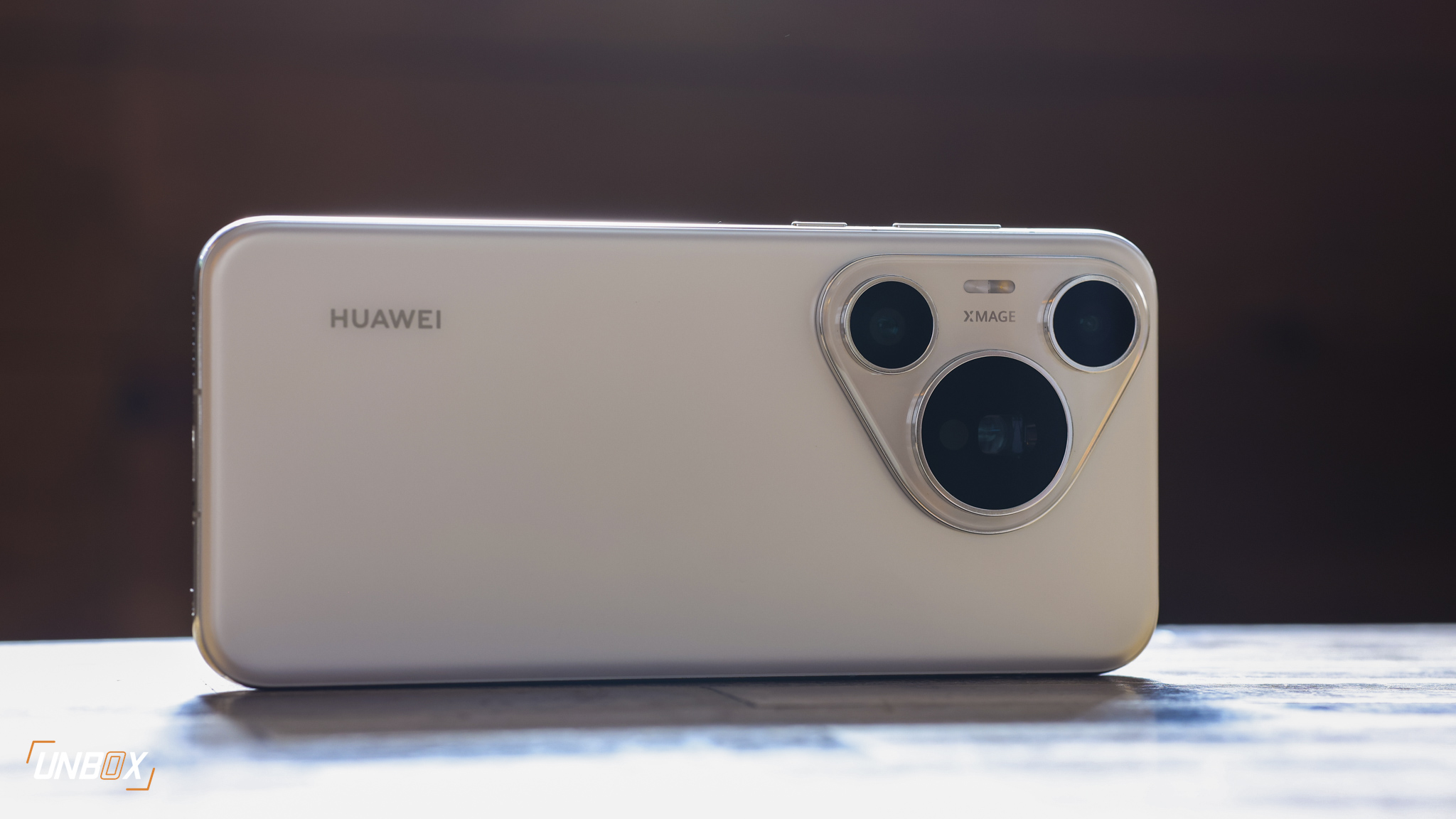Redmi Pad SE Review Philippines Verdict: The more affordable version of the Redmi Pad shines with its best-in-class battery life, making it a productivity-focused tablet that can last over a day. We like that it still has a headphone jack despite its slim body, but its processor is a limiting factor if you want to play games with it.
Pros
-Incredible battery life
-Brings back headphone jack
-MIUI 14 is better
Cons
-Struggles with demanding games
-Only 10w charging
Redmi expands its tablet offerings with the Pad SE. Positioned as a more affordable version of last year’s Redmi Pad, the Redmi Pad SE is Xiaomi’s first tablet to have an under Php 10k starting price. As a budget tablet offering, does the Redmi Pad SE offer good value for money?
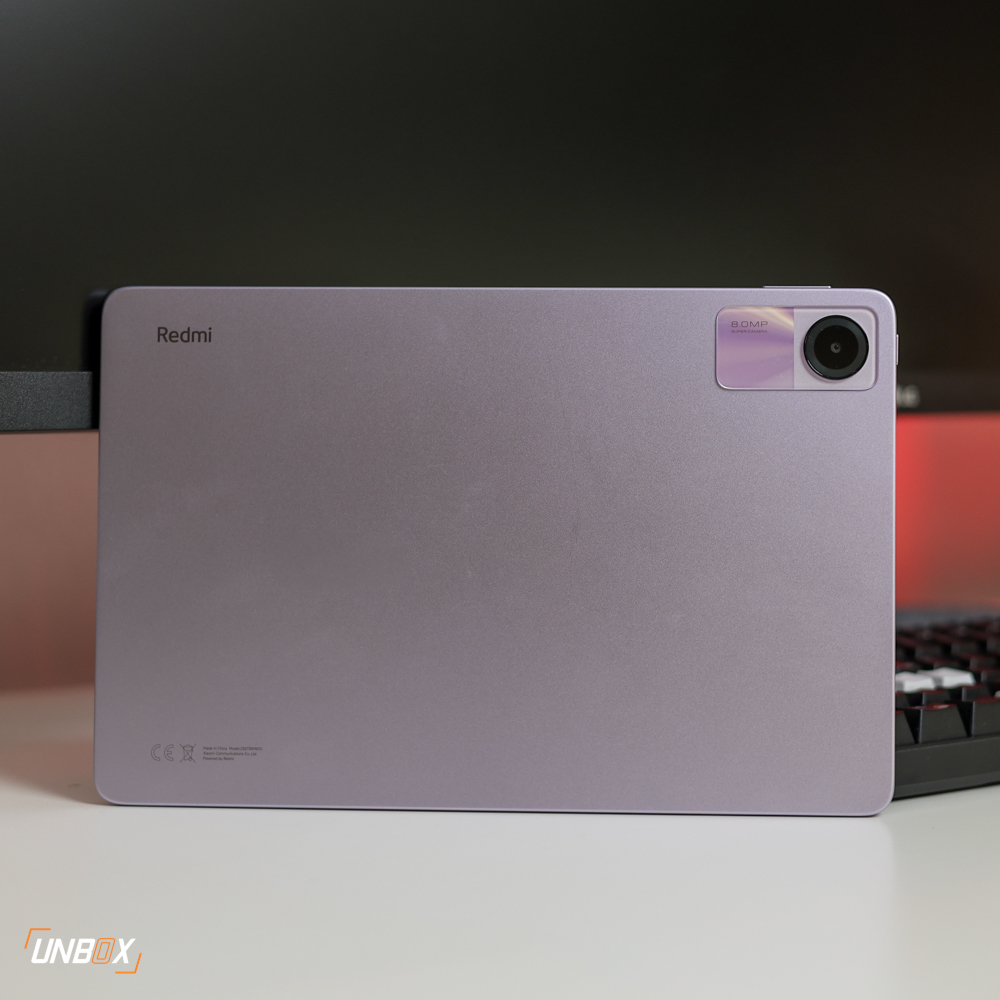
Redmi Pad SE Review Philippines: Design
Despite being more affordable, the Redmi Pad SE retains the same aluminum unibody build as its more expensive sibling. The design remains mostly the same, so you get the same camera module design and Redmi branding at the bottom. The Redmi Pad SE is slightly thicker at 7.4mm, but this allows it to have a headphone jack.
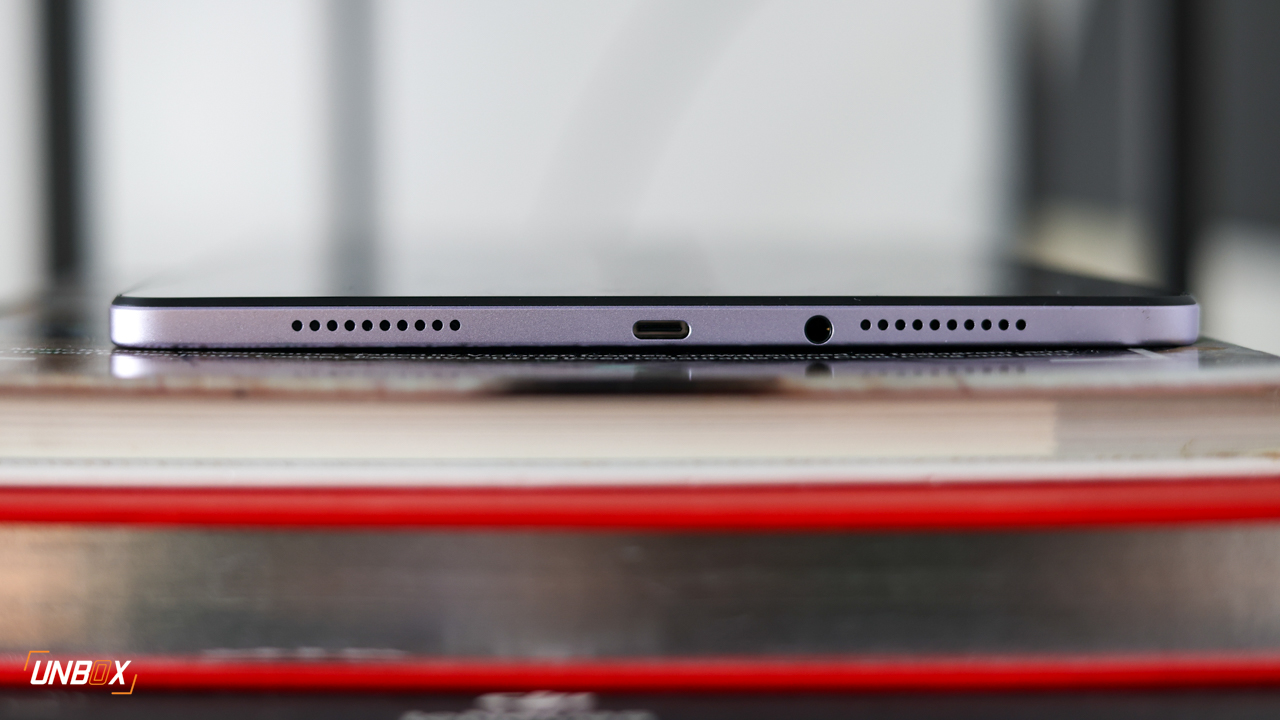
Aside from being slightly bigger, the Redmi Pad SE can be distinguished from the Redmi Pad with its Lavender Purple color option that has a shade that’s similar to Apple’s iPad Air and iPad Mini. It’s nice to see tablets to have different color options outside of the usual silver and gray, and this makes the Redmi Pad SE a fashionable tablet.
Like its more expensive sibling, you get a quad-speaker system with the Redmi Pad SE that have support for Dolby Atmos, along with the same location for the power button and volume controls.
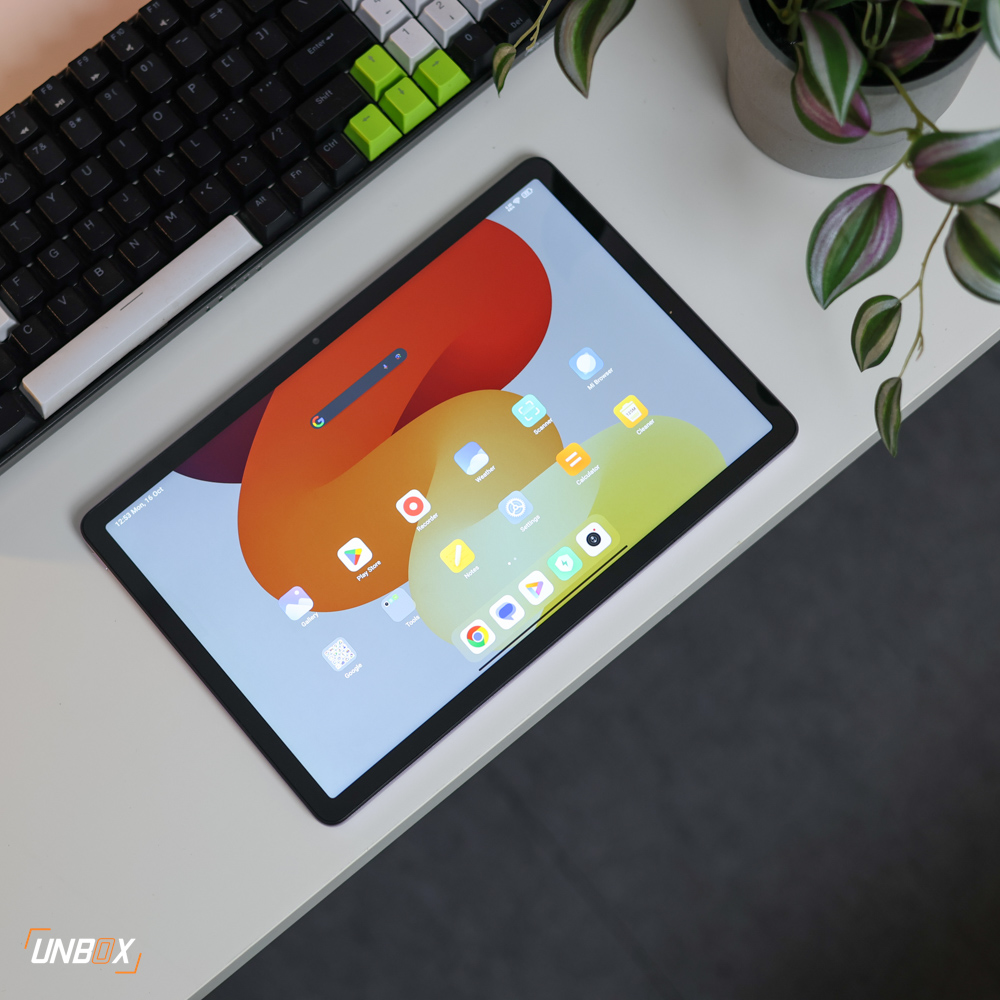
Redmi Pad SE Review Philippines: Display
The Redmi Pad SE has a slightly larger display at 11 inches, though the resolution is slightly at 1920×1200. Those differences are barely noticeable, which is a good thing since the Redmi Pad SE is positioned as a more affordable offering. That aside, the Redmi Pad SE also uses an IPS panel with a 90hz refresh rate.
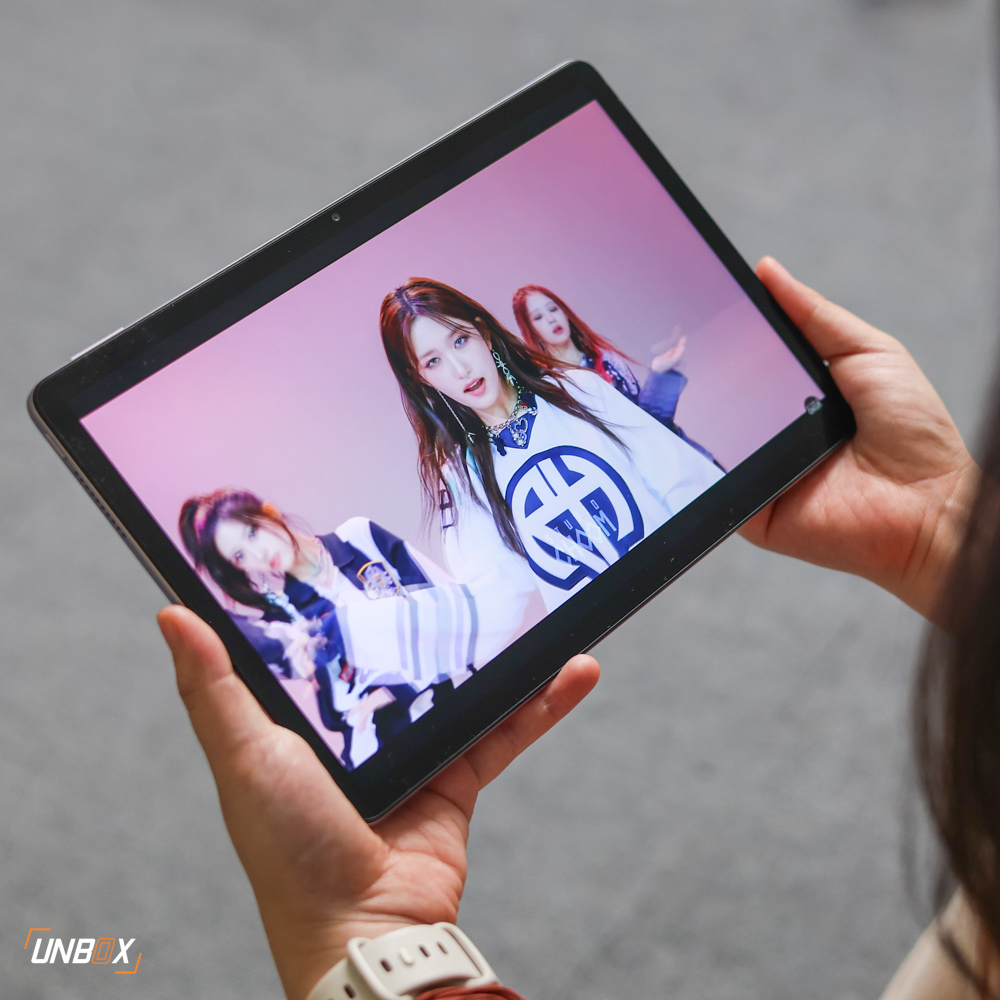
Save for those small differences, we had a good time with the Redmi Pad SE’s display with its vibrant colors that are evident when watching KPop videos. Its blacks are not as deep as AMOLED panels, but we appreciate the brightness range of the Redmi Pad SE that makes it suitable for use outdoors.
Complementing its display is its quad-speaker system. Overall soundstage is good for a budget tablet, and the Redmi Pad SE gets plus points for still having a headphone jack despite its slim chassis.
Redmi Pad SE Review Philippines: Cameras
Like its more expensive sibling, the Redmi Pad SE also has the same 8-megapixel shooter for the rear camera. Its performance is on the average side: shots are detailed in daylight, and colors are more on the conservative side. We like how the Redmi Pad SE’s post-processing does not oversaturate colors to make photos look natural.
Indoor shooting with the Redmi Pad SE is decent, though it struggles in managing blown highlights from different light sources even with auto HDR enabled. Photos are a bit on the soft side, but they are still usable for social media posting.
In general, the camera performance of the Redmi Pad SE is typical of what we expect on a budget tablet. Conservatively, they are at par with the Redmi Note 11 4G, so you are getting decent outputs from the Redmi Pad SE for its asking price.
Redmi Pad SE Review Philippines: Internals and Battery Life
Powering the Redmi Pad SE is a Snapdragon 680 processor that’s paired with two RAM and storage configurations: 4GB/128GB and 8GB/256GB. Its processor of choice is weaker than the Helio G99 used on the regular Redmi Pad, but we found the Snapdragon 680 to be fine for most productivity tasks.
The Snapdragon 680 is not made for gaming, though we noticed that the Redmi Pad SE was able to handle Honkai: Star Rail better compared to other Snadpragon 680-powered devices we’ve previously reviewed. This can be credited to better overall optimization with both the game and the version of MIUI used on the Redmi Pad SE.
Taking cues from the more expensive Xiaomi Pad 6, the Redmi Pad SE uses a tablet-optimized version of MIUI 14. Echoing our experience with the Xiaomi Pad 6, MIUI 14 for tablets is much better than MIUI 13, though it still has room for improvement with a few quirks that can hopefully be addressed in future updates.
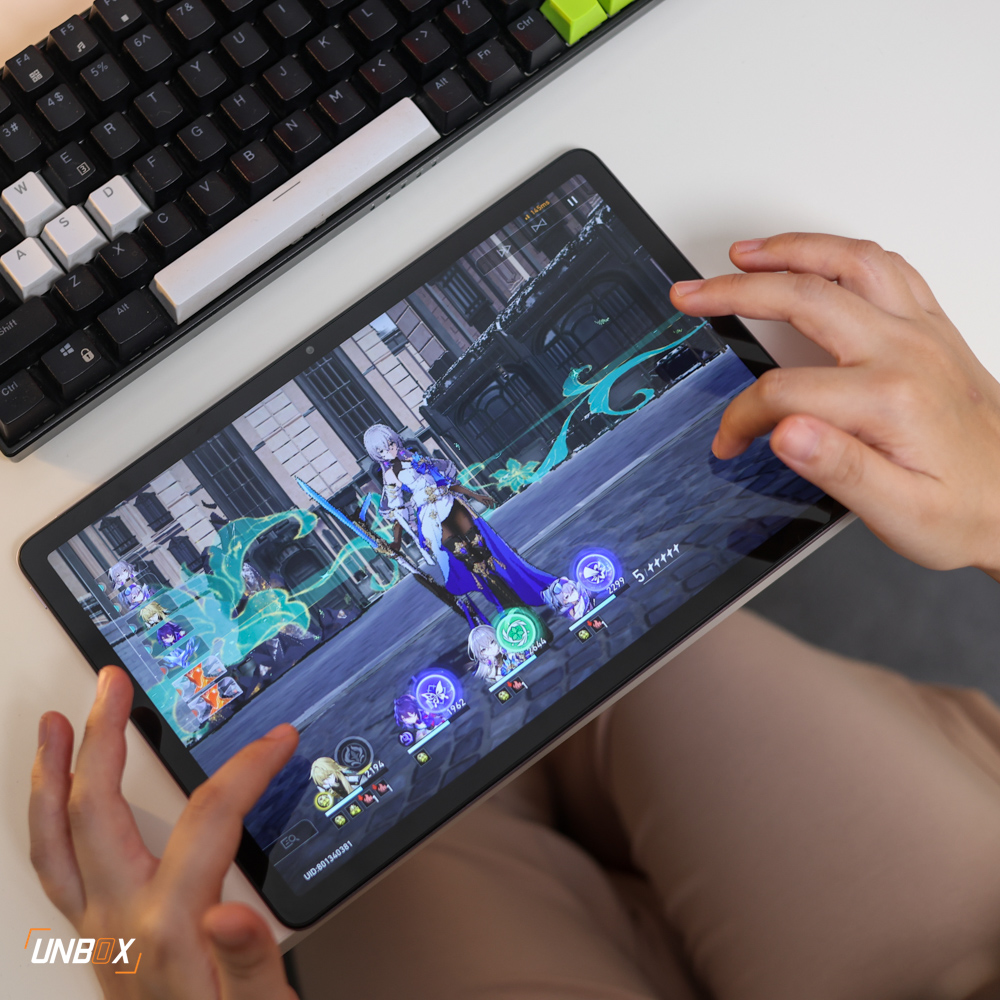
While it is not a powerful tablet, the Redmi Pad SE makes up for it with arguably the best battery life we’ve seen. Its 8000mAh battery lasted us for 22 hours and 46 minutes, making it the most power-efficient tablet we’ve encountered to date. To give context to the Redmi Pad SE’s excellent power efficiency, we were casually playing Honkai: Star Rail on it for an hour, and the battery life dropped from 80% to 70% despite the game’s demanding nature.
Unlike the regular Redmi Pad, the Redmi Pad SE settles for a slow 10w USB-C charging solution. That translates to a sluggish charging time that will take hours before you can top up its 8000mAh battery.
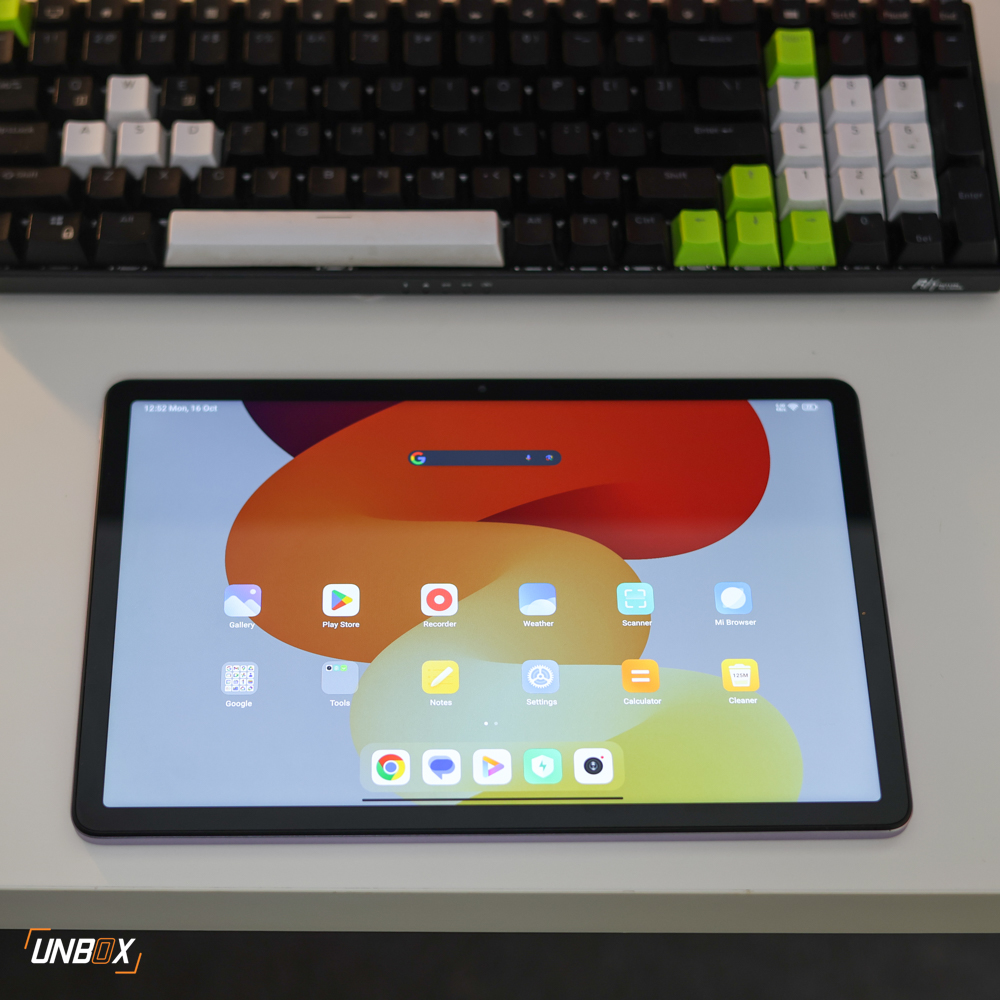
Redmi Pad SE Review Philippines: Wrap-up and Conclusions
Despite some of the compromises made to make it more affordable, the Redmi Pad SE is a decent budget tablet in the Philippines. This is made better with its use of MIUI 14 which has a better optimization for tablets.
Redmi Pad SE Review Philippines: Price
The Redmi Pad SE is priced at Php 9,999 for the 4GB/128GB model and Php 12,999 for the 8GB/256GB variant. The former is exclusive online, while the latter is exclusive to Xiaomi’s physical stores nationwide.


